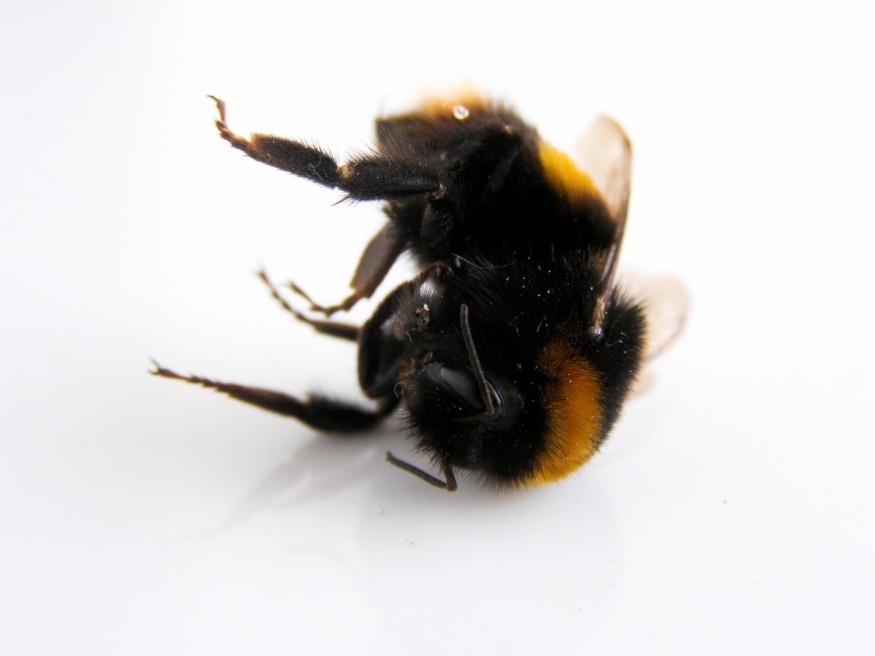According to a recent study, the hibernation period is cut by 35 days because of early spring, which causes an increase in the number of dying bumblebees.
Climate change is bringing on an early spring throughout North America and rousing bumblebees from their hibernation before the flowers have bloomed, leaving many of them without food and endangering their survival.
These insects are waking up six to 35 days earlier than they used to. Normally, the insects time the end of their hibernation at the same time when flowers are already in bloom, allowing them to find enough food to make up for what they missed during the winter.
University of Ottawa researchers discovered that 15 of the continent's 21 bumblebee species' slumber is being disturbed by climate change.
Climate Change, Shifting Patterns

Olga Koppel, the lead author of the study, cautions that the survival of such insects is in the best interests of humanity, as they pollinate crops that are a source of food for millions of people.
Koppel said that North American native bumblebee species, numbering over 40, render this priceless economic service.
The study notes that global diversity is decreasing due to climate change, and the importance of bee pollination services has already had a significant impact on the economy and biodiversity.
The group examined the bumblebees' migratory patterns in Canada and US.
They examined 21 species in total, and six were found in the US and 11 species in Canada that are exhibiting "strong phenology shifts."
According to Koppel, their study has shown that the timing of bumblebee emergence can be significantly skewed in the direction of climate change. This has implications for studies on related species as well as the urgent conservation of these important pollinator species.
The study offers a framework for assessing the large-scale temporal responses of numerous insects and other animals to climate change.
Stress During Development: Asymmetrical Wings
According to a different study conducted on the effects of climate change on bees last week, these insects are growing asymmetrical wings.
The discovery was made after an examination of bumblebee specimens kept in UK museums.
High asymmetry (extremely dissimilar left and right wings) suggests that the bees were stressed during development, most likely brought on by an outside factor that interfered with their normal growth, like the weather.
According to a study of four different bumblebee species, stress levels increased over the course of the century after reaching a nadir around 1925.
Further investigation revealed that in the second half of the century, each species consistently displayed a higher proxy of stress.
The research team discovered that bees' wings were much more uneven in hotter and rainier years after evaluating the climatic conditions in the year of collection.
Aoife Cantwell-Jones, also a lead author of the study from Imperial College London, said that It is possible to track factors putting populations under pressure over time and space more precisely by using a proxy of stress visible on the external anatomy of bees and brought on by stress throughout its development just days or weeks before.
A third of the wild bee population in Britain is on the decline. Some species will completely disappear if current trends continue. They pollinate plants with flowers, like rapeseed, Mail Online reports.
© 2026 NatureWorldNews.com All rights reserved. Do not reproduce without permission.





